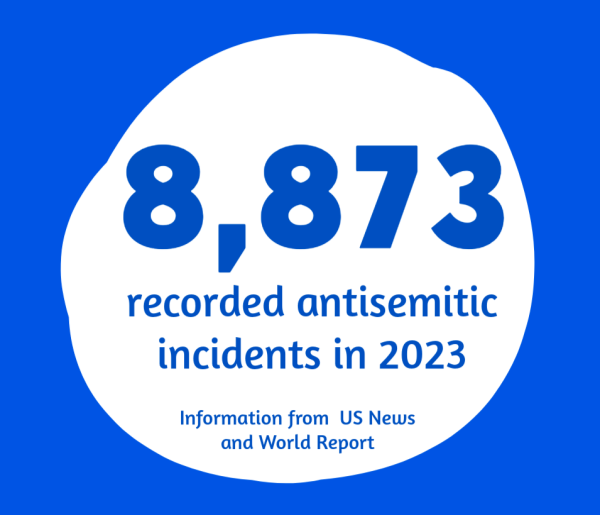Time to rethink class discussions
Elementary school, middle school, high school, college. What do they all have in common? Lunchtime and class discussions. Whether it’s discussing the solution to the bicycle chain problem in geometry or analyzing Jack’s character development in “Lord of the Flies,” every class takes on this critical exercise to a certain degree.
But with an hour or less for the entire class period, how do teachers ensure that every student participates? There is value in listening to others, but there is also a tremendous benefit from each student being heard. The solution? Split classes into smaller discussion groups so that all students, especially more reserved ones, have more time to express and develop their own opinions.
Every class has students who raise their hands to answer each question, as well as students who need to be pushed by teachers to participate at all. Sometimes a student doesn’t speak up because they did not do the required reading or the homework problems. Other times, students feel uncomfortable speaking in front of larger groups or sharing opinions that they believe are in the minority.
Smaller group discussions take the intimidating factor out of speaking in front of the full class and, instead, turn them into conversations between a few students. These conversations give shyer students the boost of confidence that they need to express themselves.
“When I’m in a small group, I have much more of a chance to voice my opinions and I can be slightly more myself and more confident when speaking,” senior Doron Polonetsky said.
Breaking into smaller groups also gives all students a greater opportunity to articulate their opinions meaningfully. The ability to develop one’s own ideas in an intellectual context is an essential life skill that all schools should aim to provide their students with.
But speaking aside, the skill is also developed through listening to others. A smaller class lets students understand each other’s ideas more thoroughly, widening their horizons.
More so in humanities classes, teachers assess student participation in select discussions. Since teachers are focused on trying to give everyone an opportunity to participate, the end result of a large-scale discussion is a rushed conversation that makes it difficult for students to share more than one opinion, if that, per topic or discussion point. That limited chance oftentimes cuts out valuable opinions and arguments, which smaller discussions would be able to include.
In a school our size, where classes are at most around 20 students, everyone needs to be able to participate. While class discussions may not be for everyone, splitting them into smaller groups forces us to break out of our comfort zone and try something new for a change.
This story was featured in the Volume 36, Issue 2 edition of The Lion’s Tale, published on Oct. 26, 2018.






